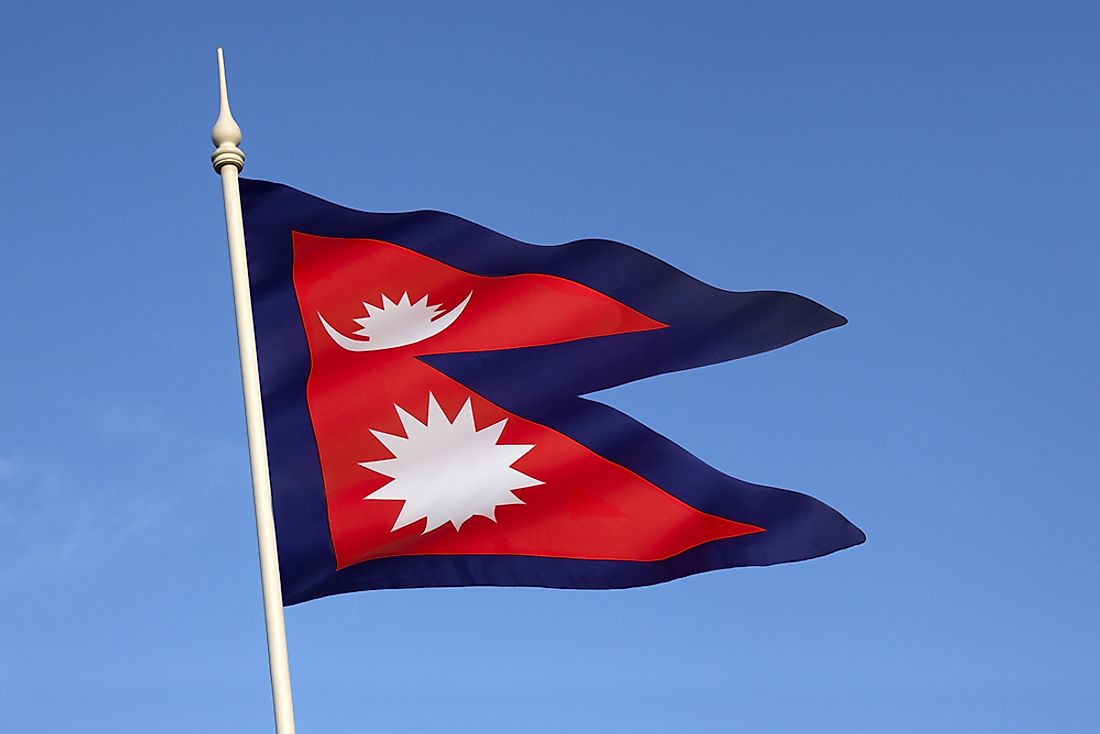What Happened During The Nepalese Civil War?

The Nepalese Civil war was a dispute between the Nepalese government and the Communist Party of Nepal (Maoist) whereby each side went up in arms. The conflict commenced on February 1996 and ended with a peace agreement in November 2006. The dispute was started by the communist party who wanted to overthrow the Nepalese Monarchy.
The Background Of A War
The Communist Party of Nepal (Maoist) was established in 1994, and the armed war between the party and the government commenced on February 13, 1996, when the Communist party carried out seven attacks in six different districts. The government at first sent the police to try and contain the uprising, and the army was not involved as it was thought the police could handle the attacks. In July 2001, the government had talked of a ceasefire with the Maoist rebel groups, but the talks were not successful, and the attacks continued with the rebel ambushing an army barracks in Dang district, Western Nepal. This led to a backlash from the army who went up in arms against the rebels thus worsening the situation. The attacks increased in 2002, and this was the year that saw many of the war's fatalities.
Government Action
The government, on the other hand, banned all anti-monarchy statements, imprisoned journalists and closed down the newspapers that were suspected of taking sides with the rebels. Talks were held between the Nepalese government and the rebel groups, but none of them were fruitful. The government refused to give in to the rebels’ demands of having elections to form a constitutional assembly as they felt this would lead to the elimination of the monarchy. The Maoists, on the other hand, refused to acknowledge the establishment of a constitutional monarchy. The Maoists controlled the rural areas while the government dominated the towns and the cities during the war as most of the government organizations were based in the cities. The United Kingdom, India, and the United States under the umbrella of the global war on terror provided economic and military support to the Nepalese government.
Agreement On Elections
As the government was unable to restore peace and order in the country, on February 1, 2005, King Gyanendra decided to take total control of the country with the aim of stopping the uprisings. This made India and the UK pull off their support for the government. In May 2005, seven of the political parties established an alliance named the Seven Party Alliance. In November of the same year, the Maoist rebels and the Seven Party Alliance with help from the Indian government issued a resolution pointing out that an autocratic monarchy was the main impediment to democracy and peace. The Maoist rebels agreed to uphold peace, and it was agreed upon that elections would be carried out to form a constitutional assembly.
Steps To Peace
In 2006, violence went down with people holding peaceful pro-democracy protests. On April 24, 2006, King Gyanendra declared that he would restore the House of Representatives and this was agreed upon by the Seven Party Alliance as they would form the house. The Maoists did not agree with the move, so they still held demonstrations with the largest demonstration being held on June 2, 2006, in Kathmandu. On November 26, 2006, a peace agreement was finally signed by the Seven Party Alliance and the Maoist Rebels thus ending the ten-year war. The war ended with about 19,000 people dead, and this included 4,500 Nepalese killed by the Maoists and about 8,200 killed by the armed forces. An estimated 150,000 people lost their homes and were internally displaced due to the war.











